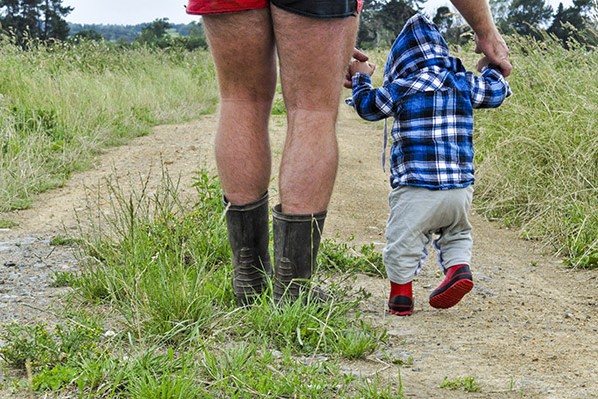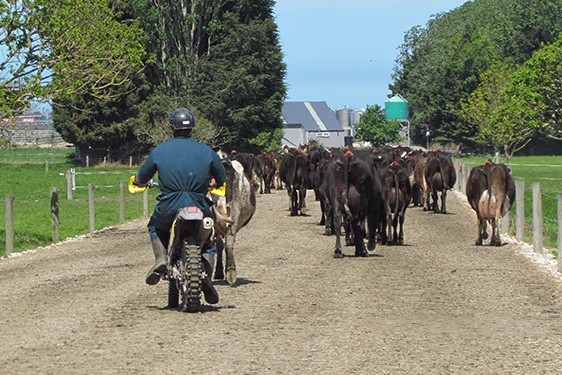August’s deluge in the Rai Valley has prompted locals to get organised for the next time. By Anne Hardie.
The next time an extreme event hits the Rai Valley area, the community wants a dwelling list, a couple of commercial ovens, a mobile chiller and a stack of takeaway containers for delivering meals. During the August flood when roads were washed out or covered in slips, (see story pg66) a team of volunteers cooked 150 meals a day at the local school and delivered them throughout the rural community for a week.
Tania Billingsley helped organise the team of volunteers and says the last meals were delivered on school plates which was a challenging exercise when taken by four-wheel drive over storm-ravaged roads.
The community cook-up was triggered by a request from the local fire chief who asked for volunteers to feed the community as some people were “knackered”. Farmers, exhausted with the usual long hours through calving, had flood damage and slips to repair, as well as being forced to dump milk and rear more bobby calves. While elderly residents and people living by themselves often had no contact with anyone.
Tania says there were women in the community desperate to help and cooking meals gave them the chance to do that. The Rai Valley Area School opened its home economics class and initially volunteers brought food from their pantries to create meals for anyone who needed them.
“That first day we put food at the pub, not realising people weren’t going to leave their farms. So then we started delivery runs.”
They quickly learnt that many people would not put their hand up for a cooked meal or said they were all right. The local Farm Source manager advised the group to just turn up and put the meals on tables.
“People rang up and said thank you so much for just turning up and putting food on their table. Some were still in their cowshed at seven o’clock at night.
“For 50% of people the meals were time-saving and for 50% I think it was about feeling connected,” Tania says. “The delivery run became just as critical as the meal, I think. It was a really simple way of connecting. But we missed people too. It wasn’t until day three or four that we thought about some people.”
For Tania, a city girl who still commutes each week to Auckland for work, it was a revelation to discover there was no data, no map, nothing about dwellings in the region. The only way they knew that people were living somewhere was through the community remembering where there was a house with people living there.
Some of the older women in their group were going through old diaries just to find out where people might be living, Tania says. It was a big gap in the emergency response and she wants to see some form of dwelling list established before the next extreme event. It doesn’t need to breach privacy rules by including names, she says, but they need to know where people are living so they don’t fall through the cracks.
“We were literally going on local knowledge and it’s easy to miss people. We picked up people through the week.”
Meanwhile, along the road at Canvastown, the Te Hora Marae had also kicked into action to cook 150 meals a day for its community.
As the week went on, Tania says the Rai Valley team received more food supplies from the community and there was never a shortage of meat from farmers’ freezers. The team would send out a Facebook message to see if someone had 10kg of mince in their freezer to use for a meal. Locals with four-wheel drive vehicles managed to get to Blenheim to load up with food for the kitchen. While a call to Countdown resulted in its little delivery truck being driven through roadblocks to negotiate the battered road to Rai Valley.
Relying on four domestic ovens at the school was a challenge for 150 meals a day and that has prompted the community to seek funding for a couple of smaller commercial ovens as well as a mobile chiller that can be shifted to different sites if needed and run by a generator.
Solar power in the village is another essential so that if the national grid goes down, the community will still be able to charge cell phones and retain internet access through systems such as Starlink for communication. Next time, the community will have more food on hand to prepare meals from day one. Emergency-event packs have already been put together in rodent-proof containers that will provide a meal a day for up to 300 people for three days. Tania says those packs will be checked and replaced annually and each meal only needs meat added which is easy to find from local farmers.





